Dialogue - COSMIC WONDER [Part 1] -
![対 話 - COSMIC WONDER [ 前 編 ] -](http://utusiki.com/cdn/shop/articles/172127732_313074453488294_8506605913785290346_n-1_7d47b0e5-3bcf-4c03-80ce-a1c347639b5c.jpg?v=1744095134&width=640)
The world of “COSMIC WONDER” expresses a single organic view of the world that transcends diverse fields such as clothing, art, photography, and books as “vibrations that affect the mind.”
The path taken by the director, Yukinori Maeda, who is also an internationally active artist, continues to paint a beautiful picture of the future and present the spirit and values of a new era.
"I'm interested in connecting the ancient and the modern."
The endeavors he undertakes with this broad perspective are expanding into comprehensive artistic expression that cannot be contained within any framework.
With their thoughts turned to primitive landscapes and living a life colored by beauty, what are they thinking now and what is their outlook for the future?
- COSMIC WONDER
- Founded in 1997 by Maeda Yukinori. Opened "Center for COSMIC WONDER" in Minami-Aoyama, Tokyo as a base for activities and presentations. Developed in a wide range of expressive fields such as clothing, art, and books as "vibrations that affect the mind". Since 2016, the studio has been located in an old house and former factory in an important preservation district for groups of traditional buildings in Miyama, Kyoto.
https://www.cosmicwonder.com/
 The village's existing thatched-roof houses were built between the middle and end of the Edo period.
The village's existing thatched-roof houses were built between the middle and end of the Edo period.
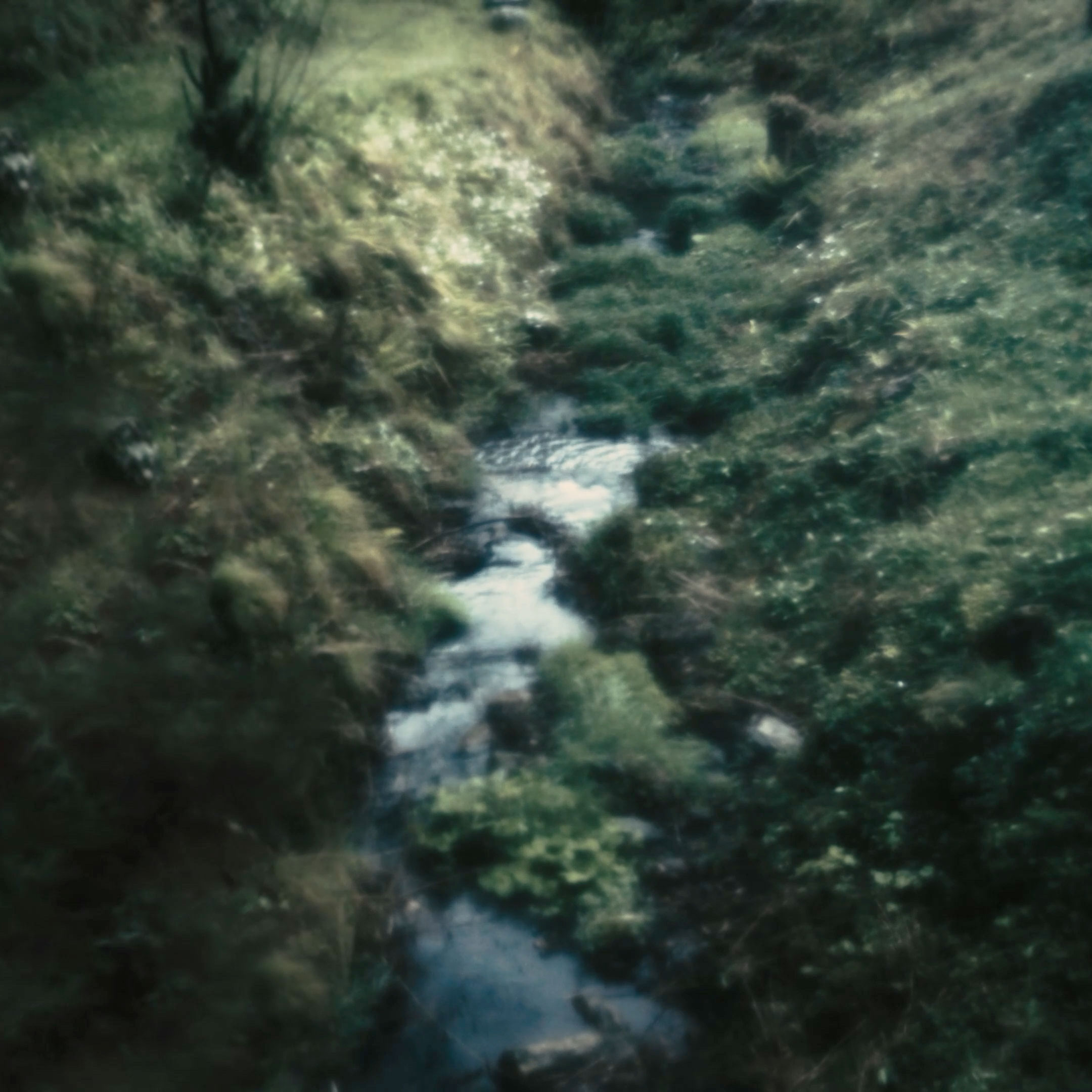 It is said that in ancient times, people from Baekje on the continent came to Satoyama and established villages there, and the legend of Dragon Palace remains along the 35th parallel north from Baekje. Maeda felt that his thatched roof hut and studio in the valley deep in Satoyama was a place between this world and the next, so he named it "Dragon Palace" and expanded his activities to include the production of art and clothing, and the dissemination of tools for daily life.
It is said that in ancient times, people from Baekje on the continent came to Satoyama and established villages there, and the legend of Dragon Palace remains along the 35th parallel north from Baekje. Maeda felt that his thatched roof hut and studio in the valley deep in Satoyama was a place between this world and the next, so he named it "Dragon Palace" and expanded his activities to include the production of art and clothing, and the dissemination of tools for daily life.
Art as a way of life
 "Even after I started COSMIC WONDER, I was always based in the urban areas of Kansai. I was drawn to the countryside and satoyama (rural areas) since I was a child, and I always wanted to live in such places. At one point, I started to feel uncomfortable living in a landscape of buildings." In 2014, Maeda left the city to put into practice the life he had long envisioned in nature, and after spending two years at a lodge in the mountains of Nara, he moved to Miyama, Kyoto.
"Even after I started COSMIC WONDER, I was always based in the urban areas of Kansai. I was drawn to the countryside and satoyama (rural areas) since I was a child, and I always wanted to live in such places. At one point, I started to feel uncomfortable living in a landscape of buildings." In 2014, Maeda left the city to put into practice the life he had long envisioned in nature, and after spending two years at a lodge in the mountains of Nara, he moved to Miyama, Kyoto.
Maeda-san welcomed us at the entrance to the village. We walked briskly up the slope to Ryugu, and with the scenery of the shrines along the way and the surrounding thatched roofs, we felt as if we had traveled back in time to the time of the fairy tales, and decided to visit inside Ryugu.
The space, reminiscent of a tea room and filled with tools and natural fabrics selected by Maeda's discerning eye, had a tense atmosphere that made you feel like you were standing up straight.
After she made me some tea and my tension calmed a bit, I began the interview by asking her, "Why did you decide to live here?"
"I wanted to live close to the mountains, so I searched many places for the ideal location, but I ended up in this village. I wanted to match the work I wanted to express with my living environment. I believe that expression can be achieved not through imagination, but through everyday life itself."
Learning from the mountains, learning from the forests, learning from our ancestors
 As the world becomes instantly connected like a web and the consumption cycle accelerates, COSMIC WONDER's clothing is made using materials made from natural fibers.
As the world becomes instantly connected like a web and the consumption cycle accelerates, COSMIC WONDER's clothing is made using materials made from natural fibers.
Maeda-san, who respects the natural environment and seeks out the ancient ways of life, recalls that he noticed something strange when he first began living in this area.
"I have more opportunities to look at the fields and mountains around me, and I feel like my perception of nature has improved. Perhaps because of that, I've started to notice the large number of artificial forests, such as those of cedar trees."
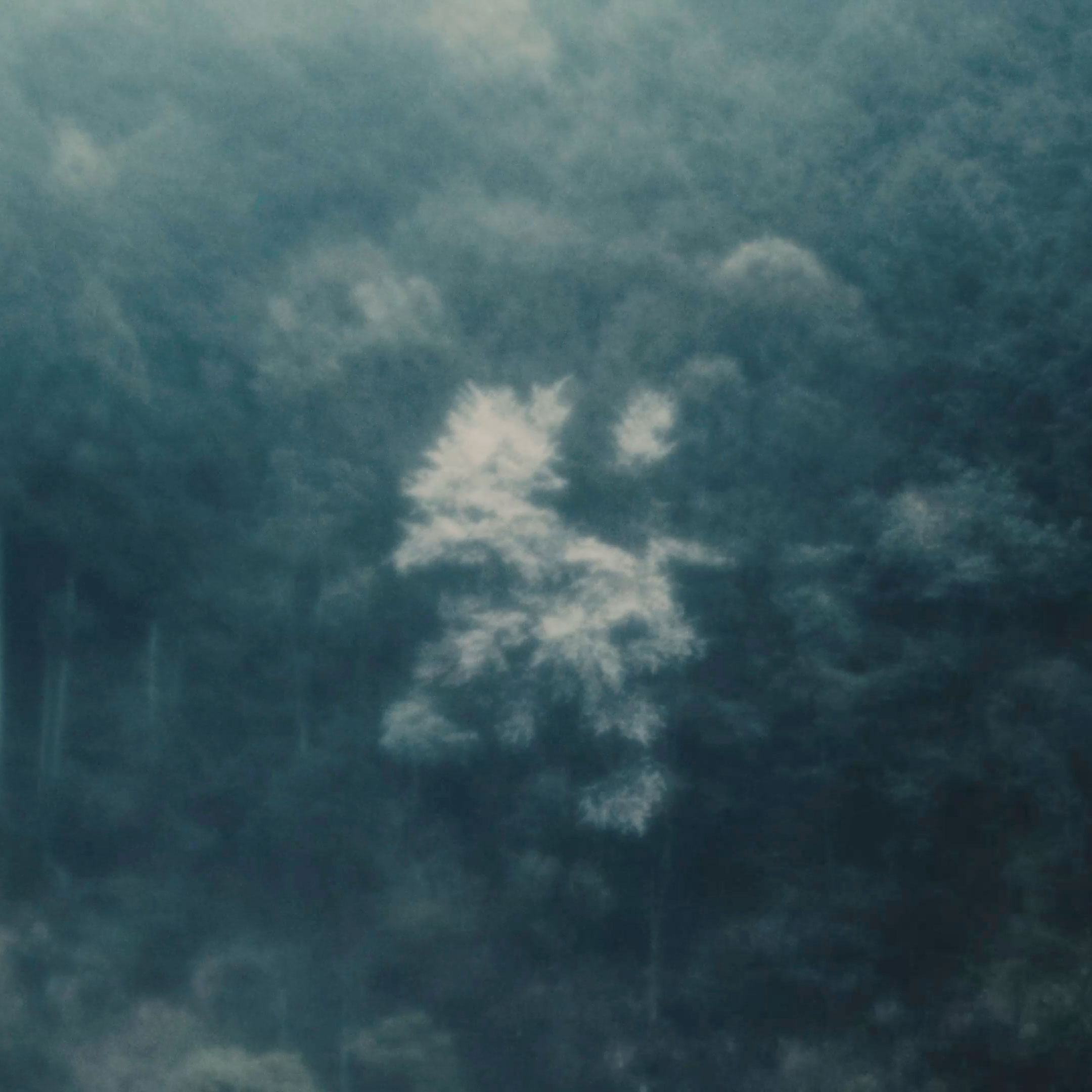 In Japan, the demand for timber surged due to postwar reconstruction and other factors. In order to rapidly plant new trees, the "expansion of forestation policy" was implemented. Miscellaneous forests in the Satoyama area and natural forests in the Okuyama area were cut down and replaced with artificial forests of cedar, cypress, and other coniferous trees that grow relatively quickly and are economically valuable.
In Japan, the demand for timber surged due to postwar reconstruction and other factors. In order to rapidly plant new trees, the "expansion of forestation policy" was implemented. Miscellaneous forests in the Satoyama area and natural forests in the Okuyama area were cut down and replaced with artificial forests of cedar, cypress, and other coniferous trees that grow relatively quickly and are economically valuable.
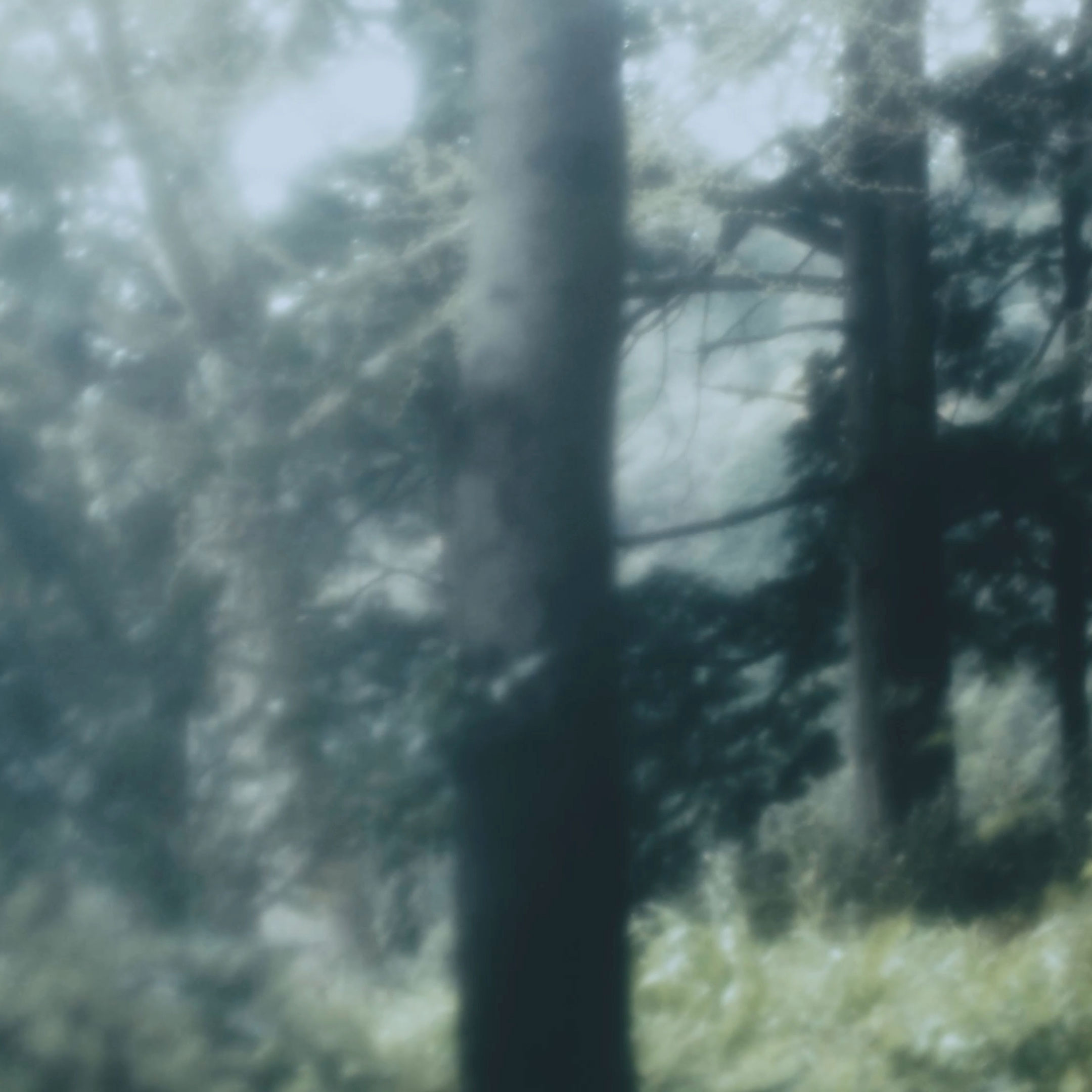 The demand for cedar trees has decreased due to changes in lifestyle such as electricity, gas, and oil, the spread of plastic products, and the rise of cheap imported lumber. Due to depopulation, aging, and generational change, Japan's forests are not being properly cared for, and devastation is becoming more noticeable. The trees lose their ability to spread their roots, and heavy rain can cause landslides.
The demand for cedar trees has decreased due to changes in lifestyle such as electricity, gas, and oil, the spread of plastic products, and the rise of cheap imported lumber. Due to depopulation, aging, and generational change, Japan's forests are not being properly cared for, and devastation is becoming more noticeable. The trees lose their ability to spread their roots, and heavy rain can cause landslides.
The various problems facing society cannot be solved by only looking at what appears on the surface.
"I believe there is a background to everything. For example, why were so many cedar trees planted? Understanding and understanding the background in depth also leads to thinking about what the future will look like 100 years from now. If we can stop the habit of only looking at the surface, ignoring the historical process that our ancestors have walked through, or even if we can see it, I think we can see the world from a higher-resolution perspective."
With the cooperation of Professor Takeshi Ise of Kyoto University's Field Science Education and Research Center and landscape designer Jun Nishikawa, Maeda is thinking about the future forest landscape of Satoyama together with the villagers.
"We are still in the process of considering the specifics, but first of all, if we can recreate the broadleaf forest that was once the satoyama of this village, it could become an example of environmental regeneration."
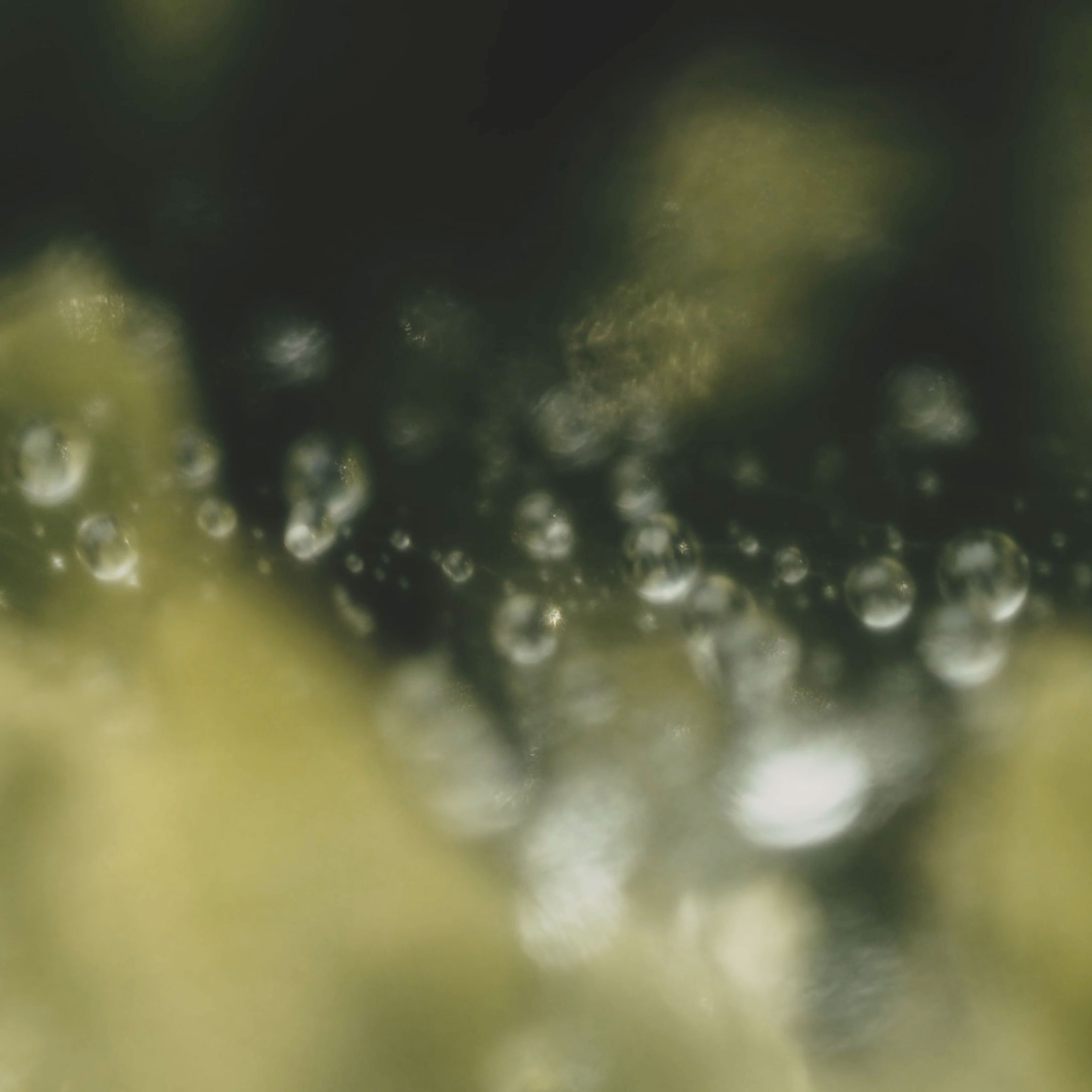 Thinking about mountains means thinking not just about the decades it will take for saplings to mature, but also about the future. You have to think about the future after you die. Listening to Maeda's story, I was reminded that improving the environment is about "the imagination to paint a beautiful future."
Thinking about mountains means thinking not just about the decades it will take for saplings to mature, but also about the future. You have to think about the future after you die. Listening to Maeda's story, I was reminded that improving the environment is about "the imagination to paint a beautiful future."
Thinking back to the origin of life
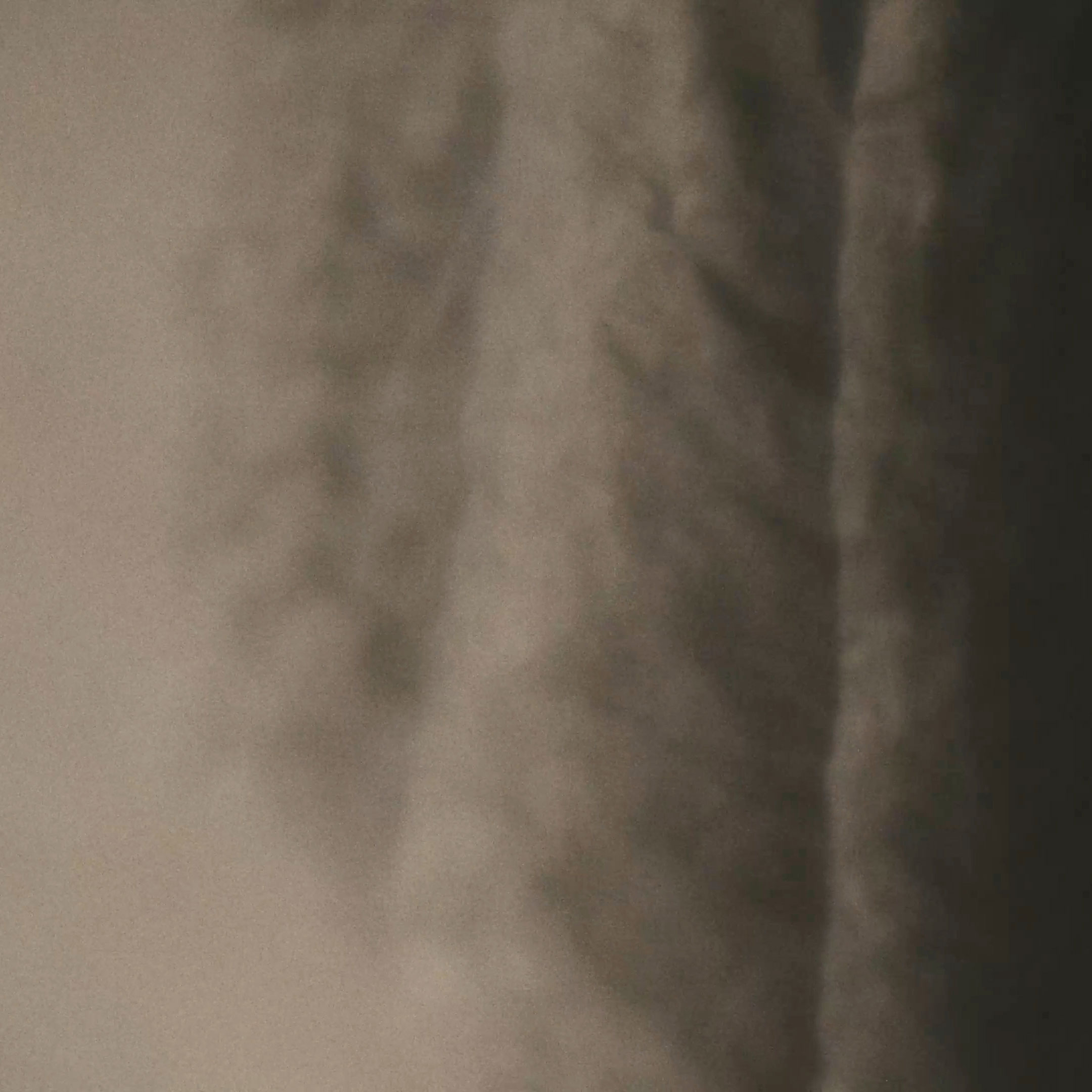
Maeda's focus is on manufacturing as a universal human activity that has continued since ancient times.
COSMIC WONDER's clothing is produced in response to the rare handicrafts that remain in various regions.
This landscape reminds us of the deep ties that exist between handicrafts, agricultural produce, and arts and crafts, as well as the wisdom and wealth that have been passed down through the generations in coexistence with nature, and in other words, "creation."
"All of my materials are natural, and I value handcraft and crafts. Whenever I visit traditional handcraft sites and experience the process and timeline that goes into making a piece, I feel it is a representation of human life itself. Rather than returning to the values of the past, I choose these things based on new values as people living in the present. I hope to convey these feelings through my work."

I was quite nervous before the interview because I had just finished our conversation and had seen the exhibition "Nono: The Homeland of Paper and Fabric" at the Shimane Prefectural Iwami Art Museum the day before. Maeda-san answered each question sincerely, and the time flew by in an intense atmosphere. Listening to Maeda-san's story, I realized that my life is based on an overwhelming overlap of lives, and when I think about the journey of humanity to achieve this, I realize that "life" is connected to all kinds of things. The "COSMIC WONDER Usuhanasome Exhibition" will be held at Utsushiki from Saturday, May 1st. We hope that this will be an opportunity for you to experience the activities of "COSMIC WONDER", which depicts beautiful scenery that connects people's views of nature in the background of ancient lives with the future, and comfortable clothing that liberates the spirit.
Interviewer and writer: Yoshiaki Ono
COSMIC WONDER Exhibition "Usuhanadome"
The fabric used is COSMIC WONDER's "Days of light" linen, silk and organic cotton.
Usu Mud Dyeing is done with mud and dye made from boiled dye of Fukuki, an evergreen tree that grows in the area south of Amami. Normal mud dyeing uses dye from the Sharinbai tree, but Usu Mud Dyeing uses Fukuki dye. The mud is from the iron-rich mud fields of Amami Oshima, an ancient stratum that dates back 1.5 million years. The dyeing process is repeated: Fukuki dyeing, mud dyeing in the mud fields, rinsing in the river upstream, Fukuki dyeing, mud dyeing in the mud fields, soaking in water, etc. Depending on the condition of the finished dyed cloth, the process and the number of times it is dyed may change. Mud dyeing requires the natural blessings of Amami Oshima, techniques and skills that have been cultivated over many years, and time. Made by Kanai Kogei of Amami Oshima.
Light indigo dyeing is done by repeatedly dyeing in a thin indigo vat that is almost finished. The fabric is then dipped into the indigo vat, exposed to water, dried in the sun, dipped into the indigo vat again, exposed to water, and soaked again. Light indigo dyeing requires more pre-bleaching and dyeing processes than regular indigo dyeing, making it a very delicate job. The work of Konya Jin of Mie Prefecture, who specializes in light indigo dyeing, begins with making sukumo, the dye used in indigo dyeing. After growing indigo naturally, making sukumo, and completing work throughout the four seasons, the indigo dye is finally ready. Konya Jin uses the techniques of regular indigo dyeing.
schedule
Saturday, May 1, 2021 – Sunday, May 9, 2021
No holidays during the period
time
13:00-18:00
![対 話 - 佐々木 雄一 [ 後 編 ] -](http://utusiki.com/cdn/shop/articles/c774566e124d143cac0df067b3c61be9a_4620693218523680813_210403_16.jpg?v=1744089542&width=1365)
![対 話 - COSMIC WONDER [ 後 編 ] -](http://utusiki.com/cdn/shop/articles/01-1_711cded5-3f5e-4afa-b1bb-bc456b4489f3.jpg?v=1744093369&width=1152)